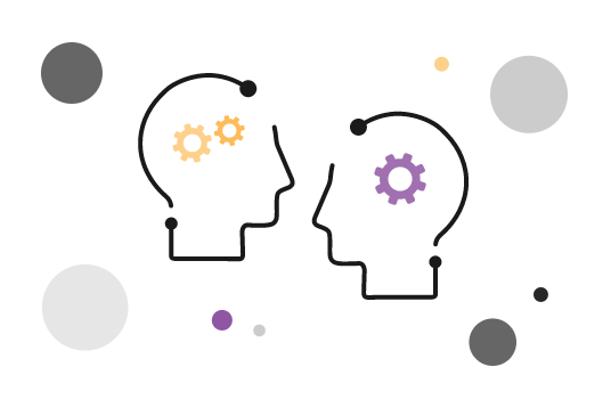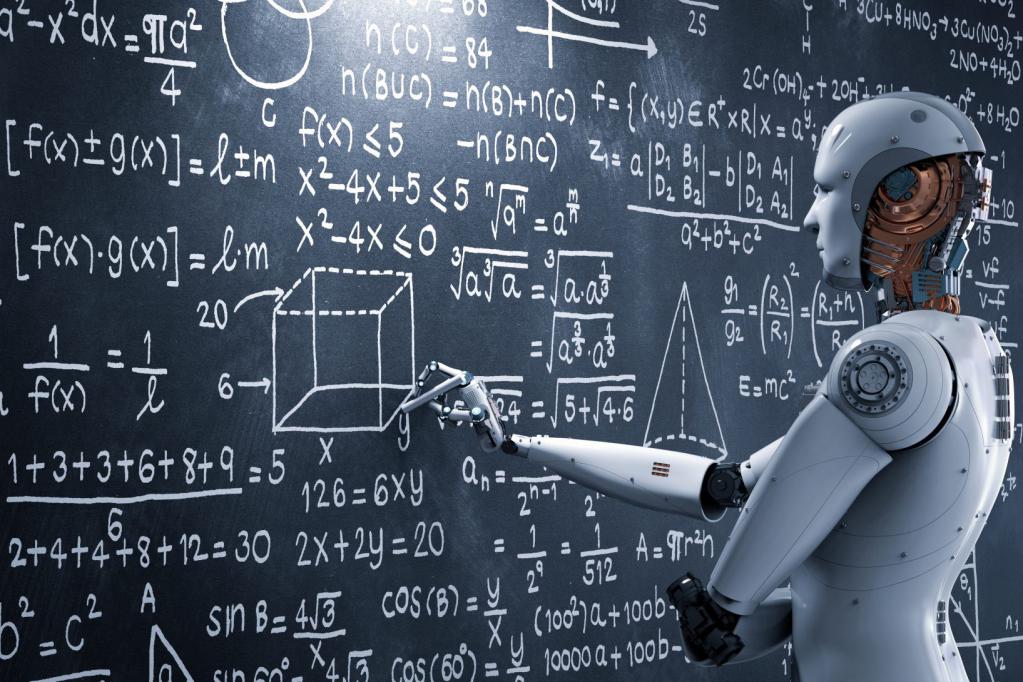The Soviet economy through a stochastic return to capitalism brought the understanding that not everyone can be managed, and the goals set for the company are far from always feasible.
The world is diverse, there are many decisions and opinions, but objective reality always puts everything in its place.
Business: direction and development, stability
Scientists and researchers believe that the classification of goals is the subject of scientific or practical research. Most often, entrepreneurs as their main goal choose:
- growth of economic potential;
- maximizing profit;
- profitability growth;
- survival in the fight against competitors;
- market leadership.
All this can be divided by type. In this case, the goals are:
- economic;
- technical;
- social;
- political;
- scientific, etc.
In practice, everything is much more prosaic. Management needs profit and business development. An employee needs job stability and wage growth. No science, only real practice.
Meanwhile, the classification of goals is of real importance: at least this is a prioritization of what is appropriate and what should not be done.

Business formation conditions
The stability and effectiveness of a business is determined by its current economic potential (internal component) and its position in the surrounding socio-economic space (external environment).
There is no company that would operate at a loss, and a company that barely keeps afloat will sooner or later choose where to go next:
- down is always easy;
- up - then you have to start working.
Modern business is, first of all, the established system of legislative acts, a certain system of economic and social relations, the mandatory consideration of the environmental factor and the requirements of various authorities.
For successful development, you need to have a room, equipment, tools, work team. Legal, technical and administrative support is very important. Not least is information. Everything should function within the sanitary, fire, technological and other norms. You can never buy anything here, and if anything can be agreed upon, then not for long.
The environmental factor, territorial aspect, social environment, transport infrastructure and communications are all important. The selected position determines the possibilities for implementation, and at this level the classification of the organization’s goals is defined as possible within the available.
The current system of economic and social relations regulates the organization's capabilities:
- in the market for the sale of products and services;
- on the labor market (employees) and potential (money, equipment, tools).
Legislation defines the legal framework for the activities of citizens, companies and government bodies.

Priorities in choosing directions
Classification of types of goals allows you to identify priority areas of development. For example, the economic direction is the maximum income for founders, the minimum wages for employees. Promisingly, staff turnover will constantly interfere with the achievement of the desired result.
Technical direction - achieving a radically new technical solution, creating a new product. In this case, decent wages, the lowest possible profit, constant production costs and constant financial difficulties. However, the result can exceed expectations and cover all costs.
Social orientation is even easier. For example, a simple store in a convenient location.In this case, there is no shortage of buyers, there is no shortage of suppliers, stable growth, no losses. The organization is organically integrated into the surrounding socio-economic reality.
There are plenty of options for choosing the priority of this or that goal; it is important that the grounds for choosing are objective and well-considered. The main goals of classification in practice are not to fantasize, but to satisfy the interests or needs of a certain range of consumers at the expense of what the organization has.

Scientific approach to the problem
Business has always been interesting to scientists and specialists. It was he who became the reason for the emergence of a new niche in the market - specific literature appeared, for example, "How to do business: consultations and training." An objective consequence of development. If someone knows how to do something, then there will always be someone who will begin to give advice on how to do something even better.
For the most part, theorists agree that the concept and classification of goals is a specific state and development of individual characteristics of the organization, the achievement of which is desirable for it and the achievement of which its activities are directed.
Objective practice clarifies the theory: conscious goals and decisions are always in line with the available opportunities, meet current requirements for legislation, regulatory documents, current business experience, environmental factors, safety aspects, construction and technological standards.
There is nothing wrong with applying scientific provisions, but their effectiveness in objective reality should be clarified.

Analytics and organization development history
Every business occupies a niche. It is difficult to find companies that are alone in their goals and opportunities. Companies that do something fundamentally new are rare, and society immediately learns about their appearance, takes a long time to understand what has happened, and cannot quickly and adequately draw up competitive offers. However, the bulk of organizations do what is familiar, relevant and understandable.
For example, the production of milk or bread. Everything is painted according to the textbooks. The classification of goals and objectives is clearer than clear. Nothing to invent. After all, there are regulatory documents, you just need to correctly build a system of goals in the field of economics, production, personnel, set up the administrative part and do business optimization, advertising and fighting competitors.
Analytics in this case is a daily goal, the result of which is the analysis of the achievements of competitors, the study of their own mistakes and the development of measures to correct the situation.
The history of the development of such a company is determined by objective laws, the situation in the market, the rule of law, relations with state bodies and citizens as employees: potential, current, departed.
Based on the example of employees, a value system can be developed - this is also the real goal of the organization, which can eliminate staff turnover and increase the interest of the labor collective in increasing labor productivity.
Here, the correct classification of goals allows you to identify weaknesses and formulate reasonable directions in development.

Brand new idea
The idea of creating artificial intelligence is as old as the world, but with enviable confidence is gaining momentum again. The industriousness, discipline and reliability of Japanese and Chinese companies, focusing on real scientific and practical achievements in various industries, have not yet yielded real results. But real products are still there.
Russian companies are not inferior in ambitions, but the classification of goals by the national mentality is understood in a completely different way. Result: a lot of companies work, create real systems and, burning through, provide the foundation and knowledge of how and where to move other companies.
The logical development of scientific and technological progress, the spiral of development, the dynamics of values and the analysis of what has been achieved do not yet allow us to formulate a completely new idea in the field of artificial intelligence, but this is not a reason to stop. It’s just that quantity has not yet gone over to quality.
There is one feature in this direction. There is much to be said and done, but since there is not enough knowledge, the result will be partial. However, more is made of small. So it was with operating systems and computers. Now nobody is surprised by cloud technologies and virtual reality.
Was there a new cloud idea ten years ago? It is doubtful. After all, it came as a consequence of development and became a natural environment for further movement forward in the information environment.

Classification of directions of movement - a priority of development
Consistency is a characteristic feature of everything that develops. Development is unthinkable without analytics, studying the history of achievements and attempts to understand logic. Classification is always present, in any process. This is a characteristic feature of any socio-economic movement.
A man moves everything that is of interest to him: economic, social, technical. It is doubtful that the ambitions of managers are driven by companies, but whether they want it or not, the companies they create, based on their existing socio-economic potential, participate in the general process of social development, in understanding what is happening and in choosing the right directions.
